When most people think about performing an exercise, they generally only think about moving weights in a single direction.
Its typical to see individuals lift heavy weights upwards but then swing the weights drop downwards without giving it much thought.
If you fall into this mindset, you may be missing out on half of the exercise. There are actually two types of muscle contractions, the concentric portion and the eccentric portion.
If you aren’t focusing on the entire range of motion, workouts will not be nearly as beneficial as they could be.
If you’re only focusing on half the range of motion, you likely are only getting half the benefit.
What is a Concentric Contraction?
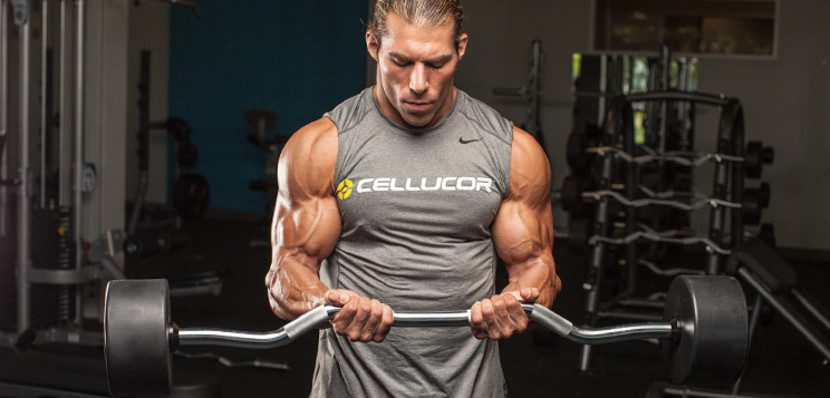
A concentric contraction causes tension on the muscles as it shortens by generating force. When you perform a bicep curl, you are doing a concentric contraction by squeezing the muscles.
Generally, this is the only part of an exercise people focus on. People tend to swing their arms up while doing a bicep curl or push a barbell off their chest during a bench press.
This type of contraction alone will not produce maximal benefits. To truly see results, you should combine concentric contraction exercises with other types of workouts.
Concentric Contraction Benefits
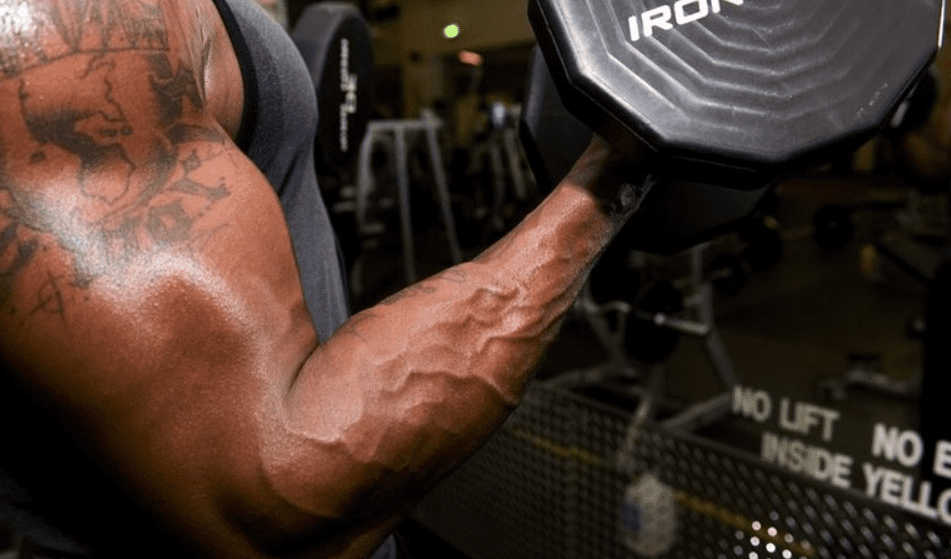
Concentric contraction exercises are the most relied upon exercises in many people’s repertoire. Some of the benefits include:
- Muscle Development: Progressive overload is defined as adding more weight or repetitions to an exercise. Overtime progressive overload helps increase muscle mass. The concentric contraction is most frequently relied upon due to its proven benefits in tracking progress.
- Function Benefits: Many exercises such as squats and deadlifts focus on primal movements. Increasing the amount of weight you can handle on the concentric portion of the exercises will benefit you outside of the gym. Being able to pick up objects off the ground or lifting heavy weights overhead come in handy in all facets of life.
- Strength Enhancement: Concentric movements are the best way to track strength increases over time. When people are upping the amount of weight they can squat, deadlift, or bench they are increasing the amount of weight they can lift in a concentric motion.
Concentric Contraction Examples
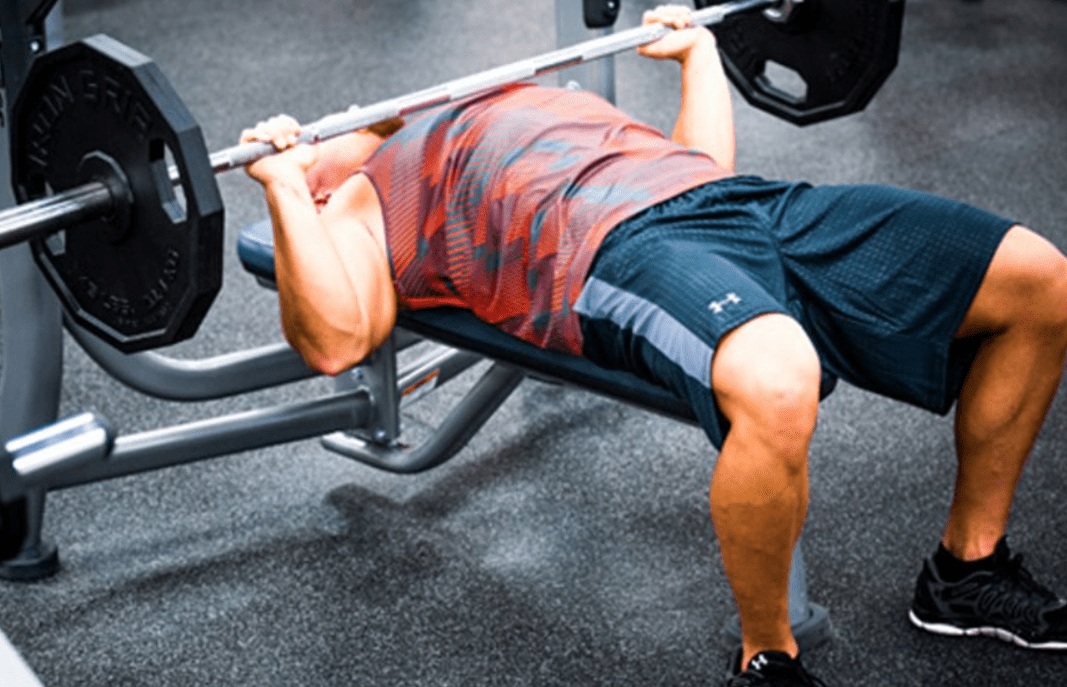
Most of the typical bodybuilding style movements have a concentric contraction portion of their exercises.
- Bench press: The upward portion of the bench press
- Barbell or dumbbell curl: The lifting upwards portion of the curl
- Squat: The upward portion of a squat
- Deadlift: The lifting upwards portion off the ground
- Bent over row: The lifting portion towards your abdominal region
Typically, the more difficult portion of an exercise uses a form of concentric contraction. When people are focused on increasing weight moved, the concentric portion is what they are speaking about.
What is an Eccentric Contraction?

2
The eccentric contraction is a muscular movement which involves lengthening the muscle. When you allow the weight to move downwards, this is the eccentric portion of the movement.
Most people tend to neglect this portion of the exercise and think its not important.
Read Also: Best Fitness Trackers For CrossFit For Data Driven Improvements
However, if you are not giving effort during the eccentric portion of the contraction you may be losing out on potential muscle and strength gains.
Eccentric Contraction Benefits

Although concentric contractions are more commonly used, eccentric contractions also have their proper place in any workout.
Some of the benefits of eccentric contractions you may be unfamiliar with include:
- Handle more weight: Your body can handle significantly more weight in the eccentric portion of an exercise. If you are bench pressing a spotter could help lift the weight upwards while you control the weight downwards in the eccentric portion. Over time, this may significantly increase muscle growth.
- More muscle damage: If you follow the workout routines of highly advanced bodybuilders you can see they tend to use light weights in an extremely controlled fashion. They are hoping for increased muscle damage (a good thing) so that they will repair themselves to be stronger. Having a spotter helps in these scenarios.
- Strengthens ligaments and tendons: Doing strictly concentric movements can cause ligament and tendon damage long term. By focusing on lighter weights with eccentric movements, you can help avoid potential injuries.
- Improved flexibility: Performing heavy negatives can help improve flexibility over time. Heavier bodybuilders and gym goers tend to have high amounts of strength but also lack flexibility. Eccentric movements can help improve those deficiencies.
A lack of eccentric training in your workout routines is like leaving half your chips on the table. You are missing out on the benefits of half the exercise.
What are Eccentric Strengthening Exercises?
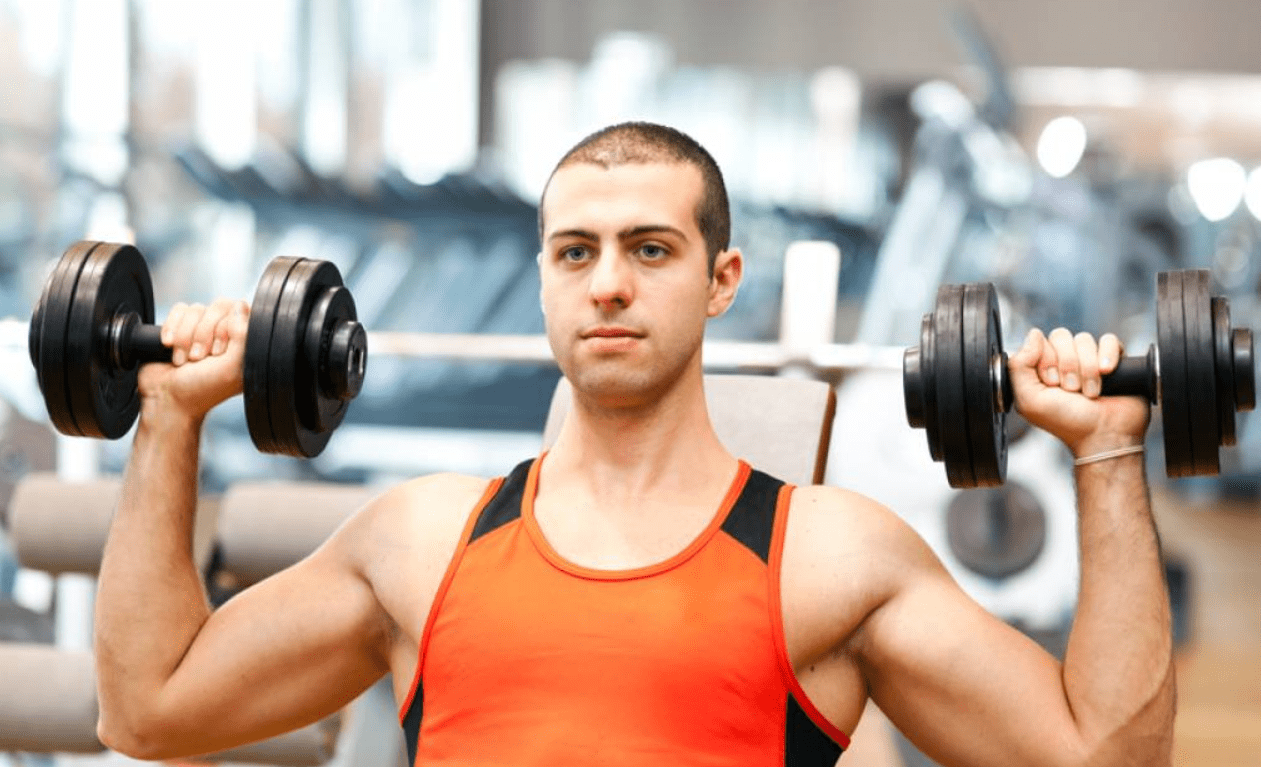
Most exercises can be turned into eccentric strengthening exercises with the right movements. Just focus on the downward portion of the same exercises.
- Slow shoulder presses: when doing the shoulder press, use a lighter weight. Push the weight slowly up and gradually let it fall slowly until your arms form a 90 degree angle. Perform high repetitions for maximum benefit.
- Bench press heavy negatives: if you are struggling with moving past your bench press plateaus, try heavy negatives. Grab a spotter and add some weight on the bench at or near your personal best. Tell the spotter to help you lift up, but let the weight slowly move downwards controlling it the entire time. Over time this may help you increase your PR.
- Slow crunches: one good way to increase the intensity of your core workouts is using eccentric movements. Instead of doing fast sets of crunches, slowly contract your core all the way downwards. Quickly explode your body upwards at the bottom of the rep.
- Rehabilitation exercises: eccentric movements are not only good for building mass and strength, but also for rehab. For example, anterior cruciate ligament (ACL) injuries are commonly treated with eccentric exercises as they are less likely to damage the knee.
Concentric vs. Eccentric Hypertrophy
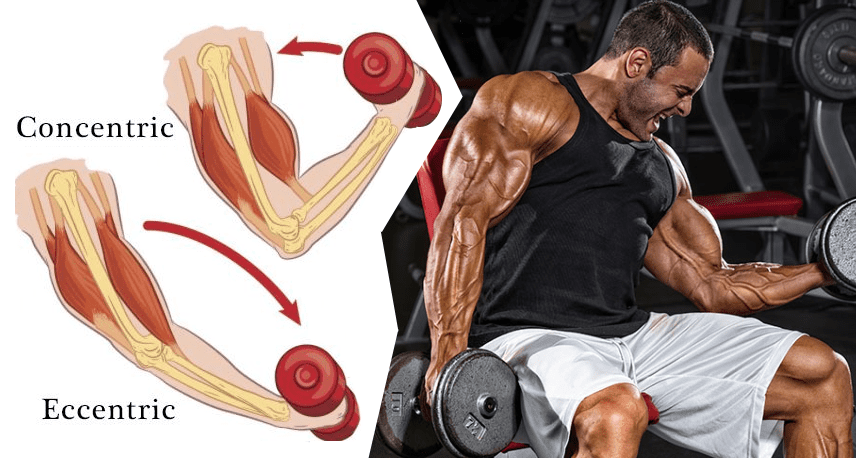
Both the concentric and eccentric portions of exercises contribute to building muscle, but in different ways.
For the most part, people have always tended to focus on the concentric portion for building muscle. This could be due to the fact that concentric training is more measurable in terms of improvement.
You can track how much weight you are lifting concentrically but not eccentrically. Nobody says “I can eccentrically lift 300 pounds on the bench press.” Since gravity is pushing you downwards heavier weight can be handled.
Some claim eccentric training can create a greater anabolic response compared to its concentric counterpart, but there is no conclusive evidence either way. Recent studies suggest eccentric and concentric training to have similar hypertrophic responses. Your best bet is to combine both forms of training in your workouts to receive maximum benefits.
Concentric vs. Eccentric Squats

When someone states they can squat “300 pounds” they are talking about the concentric portion of the exercise.
In a squat, the lifting upwards phase of the movement is the concentric portion. You can generate more force in the concentric portion of the squat.
The eccentric portion of a squat is the downward portion of the movement. When you slowly lower your body you are moving eccentrically. The muscles in your legs are lengthening as you move in a slow and controlled fashion. Since you are moving with gravity, more weight can be used.
Concentric vs. Eccentric Bench Press

When you press the weight off your chest, you are concentrically moving the weight. As the weight comes back down this is the eccentric portion of the movement.
The main muscles worked during the concentric phase of the movement are the pec major and pec minor. During the eccentric phase, the the triceps are activated as the weight moves downwards.
Studies on the comparison of concentric and eccentric bench press movements do not favor one over the other.
If you are struggling to increase your bench press, you can do heavy negatives with the help of a spotter. This may aid in overcoming any plateaus you are currently facing.
Performing both variations of the exercise will help to maximize overall muscular development.
Which is Better?
There are no conclusive studies pointing to the effectiveness of concentric training versus eccentric training. For better overall development, one should incorporate both variations for the best results.
Each one has their appropriate place in our workout routines. Keep your workouts fresh by constantly adding new stimuli to your routines.

